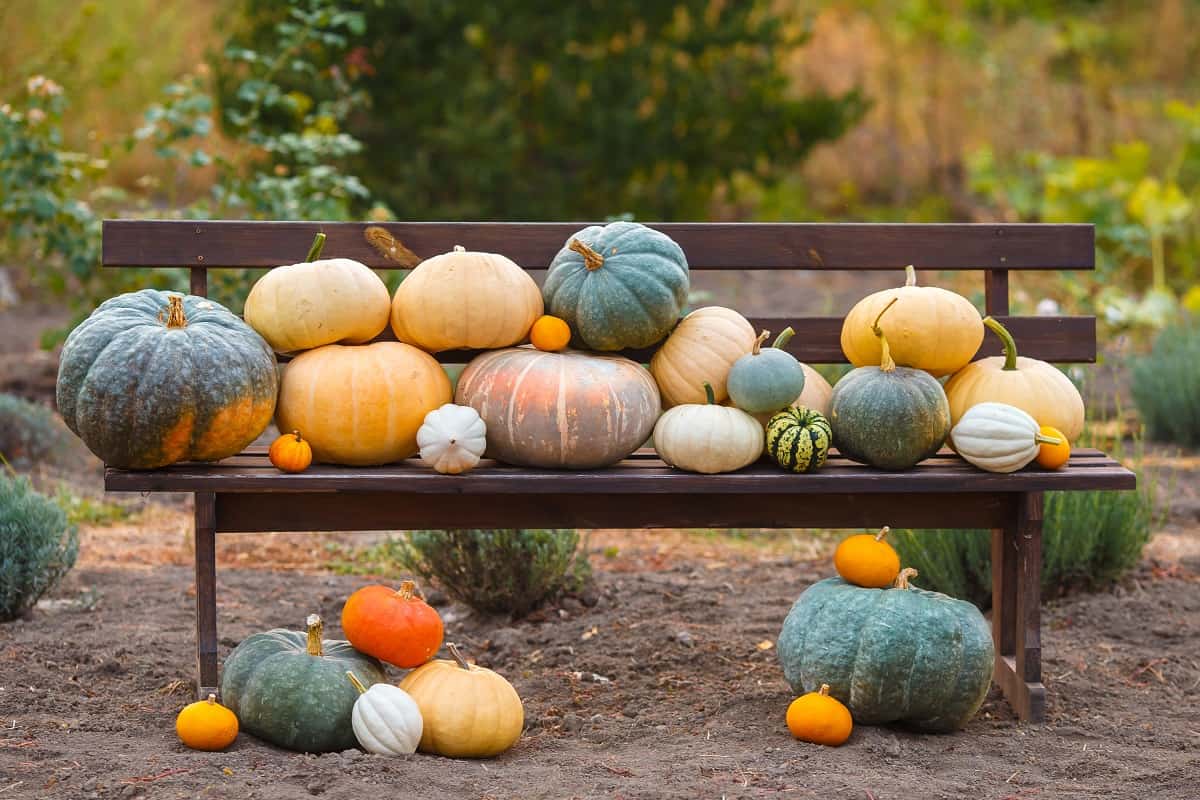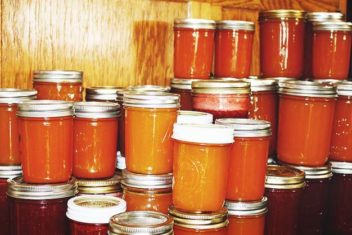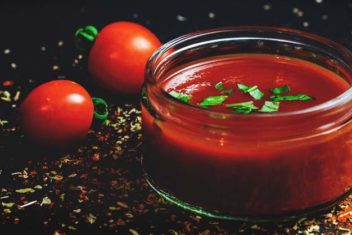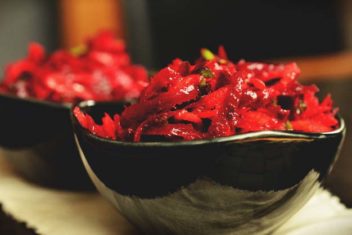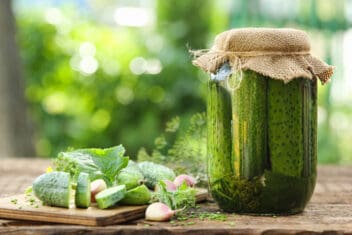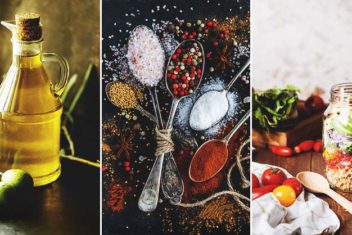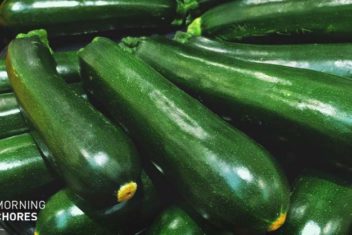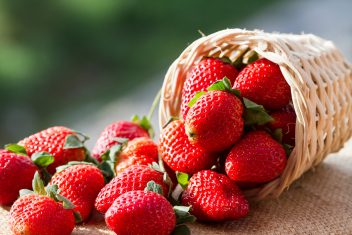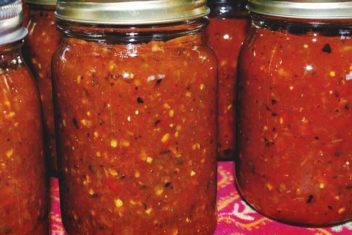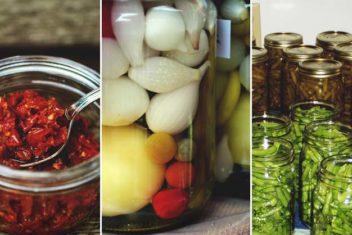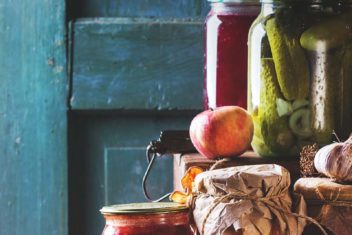Whether you want to make your Halloween jack-o-lantern last until October 31 or you’re interested in finding out how to help your pie pumpkins last longer in storage, this post will answer the question, “how long does a pumpkin last?”
I’ll also provide you with some tips on how to help your pumpkins last longer so you can enjoy them all year-round.
Let’s get started!
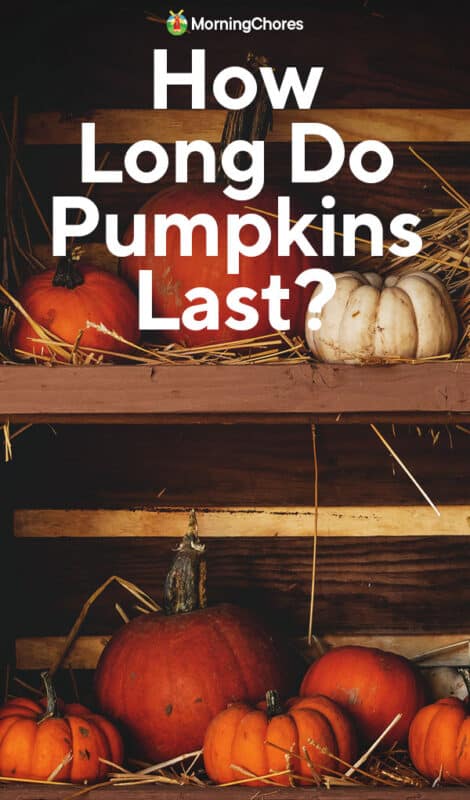
How Long Does a Pumpkin Last on Average?
Pumpkins tend to get the most attention right around October, but if you grow them for food you might be wondering how long they’ll last after Halloween has passed, too.
They last around 8-12 weeks depending on the health of the pumpkin when it was picked, the variety, and whether diseases were controlled in the field.
Of course, that’s for those that were harvested whole and unblemished. That timeline also doesn’t take jack-o-lanterns or other carved pumpkins into consideration. These usually last around 5-10 days, if you’re lucky.
Factors That Affect a Pumpkin’s Longevity
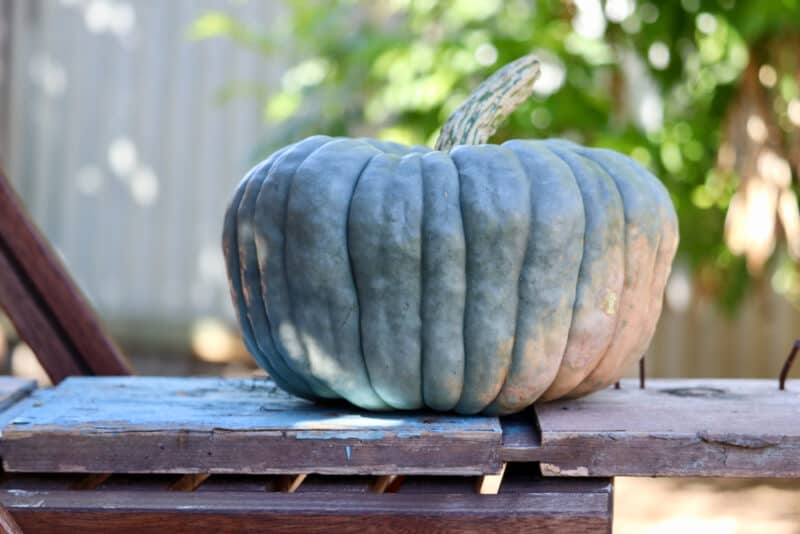
Keeping the timelines mentioned above in mind, there are a few factors that can affect the longevity of a pumpkin. I’ll detail them below.
1. Type
Not all pumpkins are alike! Did you know that there are more than 200 varieties of Halloween-type pumpkins – and even more squash varieties out there that are commonly considered pumpkins?
Choose old-fashioned cooking pumpkins for the best results. Some of these last 6-12 months in storage.
Good varieties (listed from longest storage life to shortest) include:
- Seminole
- Marina di Chioggia
- Baby Boo Mini Pumpkin
- Queensland
- Sweet meat
- Long Island Cheese
- Winter Sweet Kabocha
- New England Sugar Pie
- Connecticut Field
There are countless others out there, too, so do some research to find a variety that will not only store well but will grow well in your unique growing conditions.
2. Weather Conditions
Whole, uncarved pumpkins can last up to 3 months in cool, dry conditions. Most are harvested in late September to early October.
Try to bring yours indoors before outdoor overnight temperatures dip below 40°F. When weather conditions are cold and wet, your pumpkins won’t last quite as long.
That said, excess heat doesn’t do them any favors, either.
3. Carved, Painted, vs Untouched
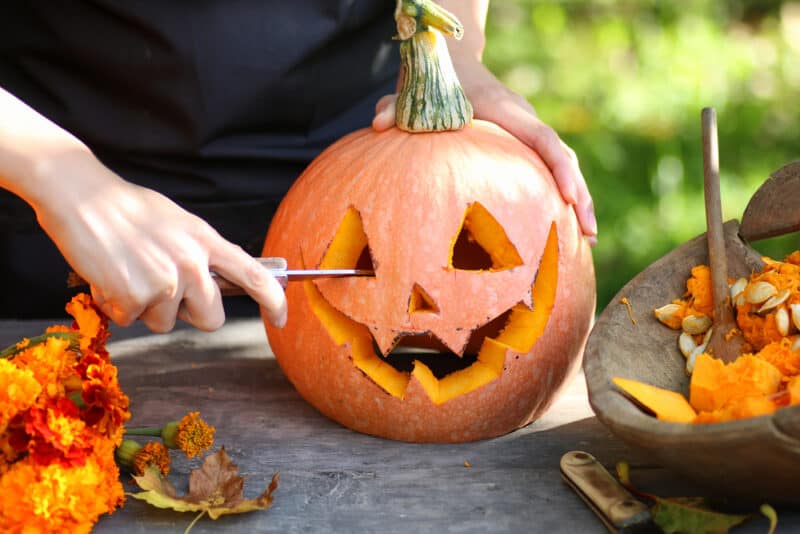
If you choose to carve your pumpkins, do so within about a week of Halloween night (or whenever you want your pumpkin to look best on display). If the weather’s going to be exceptionally hot, though, you may have to wait until a day or so before Halloween to carve it.
The good news? Paint doesn’t impact the storage life of a pumpkin (though it might prevent you from keeping it in storage later on – who wants to eat paint?).
4. Curing
Curing – the process of hardening up the tough exterior skin of your pumpkin – can also help it last longer. I’ll give you more tips on how to go about this later on in the article!
5. Storage Areas
The ideal storage temperature for a pumpkin is around 50-55°F. That’s typical autumn weather for most people. The good news? That means you can keep your pumpkin outside on the porch for a while even if you plan on eating it later on. Just don’t cut into it first.
Just make sure you get it inside before Thanksgiving rolls around. A light frost can cause it to become discolored, but a deep freeze damages plant cells enough to cause it to rot.
Over the winter, keep your pumpkin in temperatures between 50-55°F. Put them on dry wooden slats or in crates to keep them off the floor. Keep them stored away from fruits like apples and pears. These fruits release ethylene gas that can cause premature rotting.
Now, you can always freeze your pumpkin if you’d like. This can help it last a bit longer in storage. However, you shouldn’t freeze it whole. Instead, just freeze the pulp.
Check your storage pumpkins often to look for signs of rotting, mold, and mildew (as well as pests). Remove those that have deteriorated to protect the ones that remain in storage.
Tips to Make a Pumpkin Last Longer
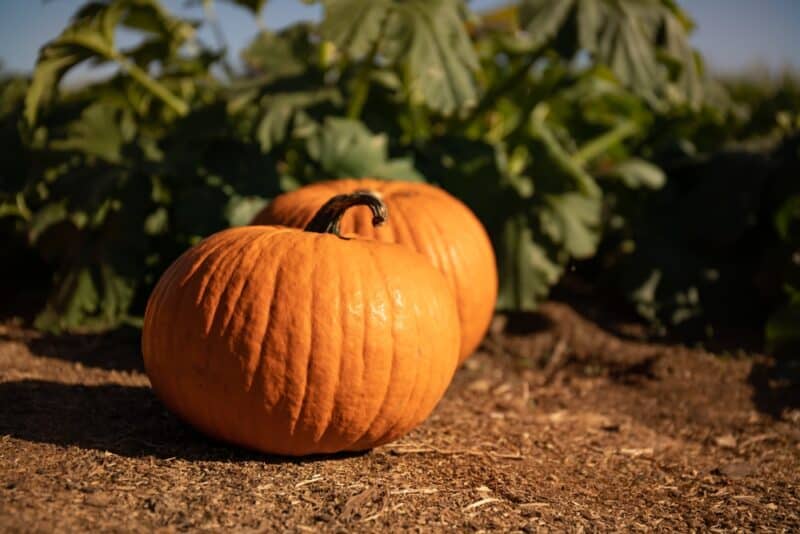
Here are a few tips you can try to make your pumpkins last a bit longer in storage.
1. Choose the Right One
One of the best tips to follow when trying to get your pumpkin to last longer is to choose the right one.
Look for one that is as healthy and unblemished as possible. If you can, find one with a firm stem still attached. Once that stem comes off, rot organisms can get inside and will begin to weaken it.
Don’t carry it around by its stem, no matter how sturdy it might be. Carry it by the base to prevent the stem from breaking off.
2. How to Preserve Carved Pumpkins
There are certain remedies you can try to extend the life of your carved pumpkin. For example, you can use an antifungal or antibacterial cleaning solution to help slow down decay. Even simple treatments like Vaseline, floor wax, and automotive lubricants (those that contain petroleum) can help keep your pumpkin healthy.
Bleach and WD-40 work, too.
Another tip for keeping your carved pumpkin a bit longer? Bring it inside and put it in the refrigerator overnight! It can be a bit of a chore, but giving your carved pumpkin a cold shoulder like this can help it last much longer.
3. Wash Well

I wouldn’t recommend this solution if your ultimate goal is to eat the pumpkin, but if you just plan on using it for decoration, you can wash them to remove bacteria and fungi.
It is fungi, in particular, that make pumpkins rot prematurely. Therefore, by washing the pumpkin with a solution of water and bleach, you can prolong its shelf life significantly.
Put it in a large container with 1 part bleach to 10 parts water. Stir it around (it will float) to make sure all sides get covered.
4. Keep Them in the Dark
Light can cause your pumpkins to rot prematurely, too. Store your pumpkins in a root cellar or another storage spot that doesn’t receive a lot of natural or artificial light.
5. Cure the Pumpkin
Sometimes, you may not have to cure your pumpkins at all. If you have a warm autumn season the outer rind will harden on the vine. If that’s the case, just bring them indoors when you’re ready to harvest them.
In other years, you’ll need to cure it to help it develop this tough skin for storage. To do this, you’ll keep it at room temperature for a few weeks (10-20 days), keeping conditions dry and warm (around 80-85°).
During this process, there should be good air circulation and minimal wetness. You’ll know the pumpkin has been properly cured if your fingernail doesn’t dent or puncture it when you apply pressure.
After being cured, you can use or store the pumpkin as you normally would. Cured pumpkins last much longer in storage than those that are not cured.
6. Check the Storage Temperature and Humidity
Again, keep your pumpkin at around 50-60°F and with a relative humidity of 60%.
These conditions are pretty easy to attain in most homes, even if you’re just storing them in your basement (and not in a location like a root cellar).
Enjoy Pumpkins Year Round
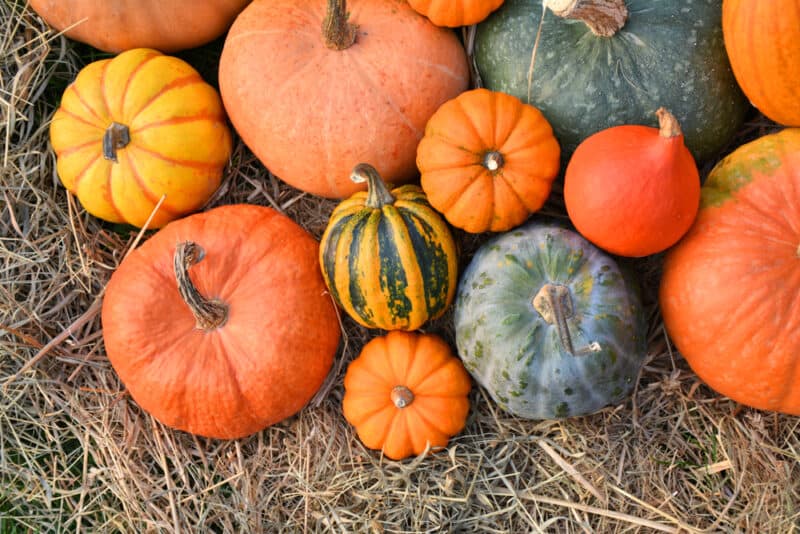
There are all sorts of things you can do to prolong the life of your pumpkins. These tips should help.
Of course, storing pumpkins properly starts with choosing the right varieties to grow – and knowing how to grow them!
Give it a try for yourself this year – and don’t be afraid to go big or “gourd” home!
